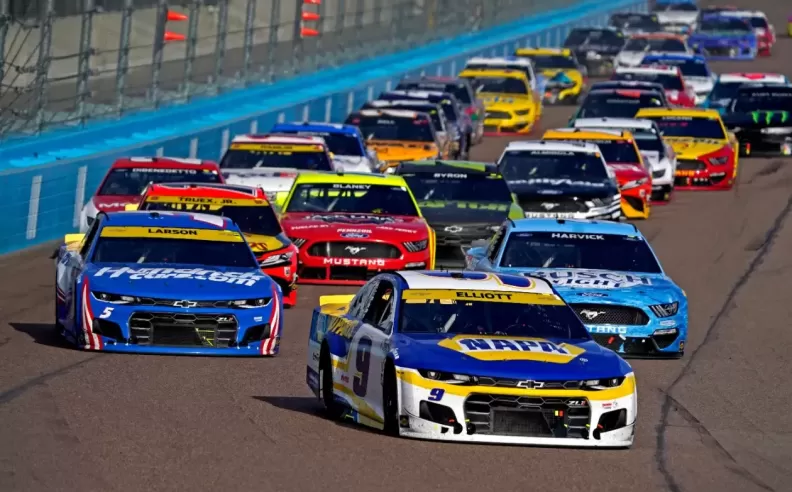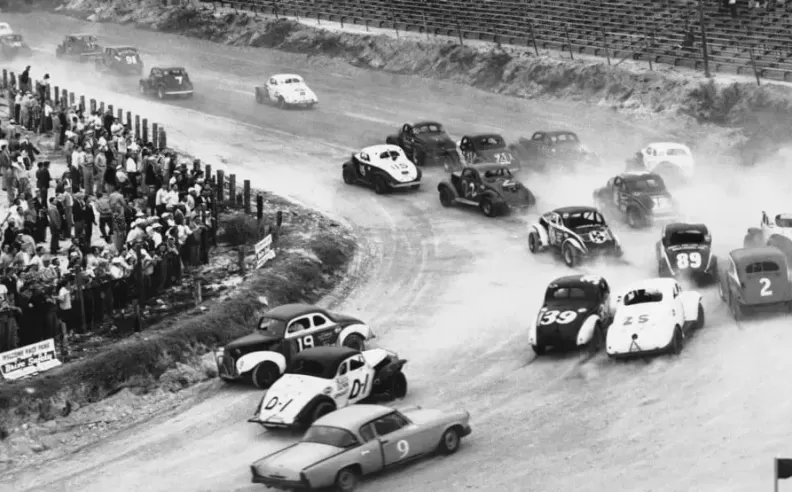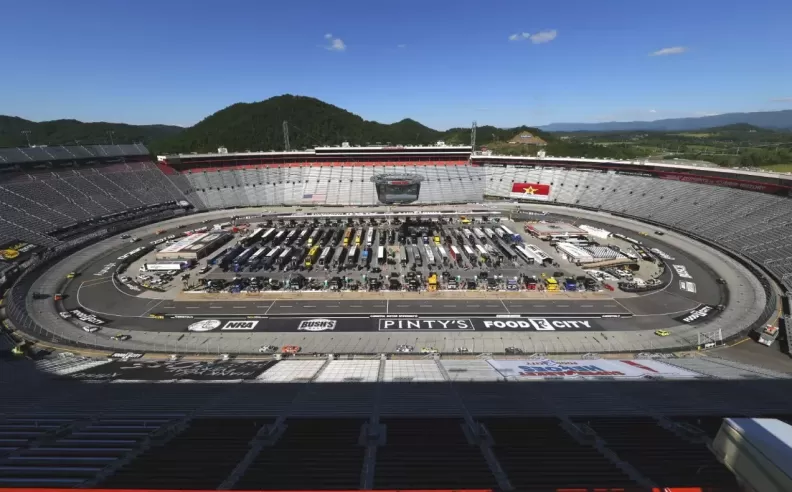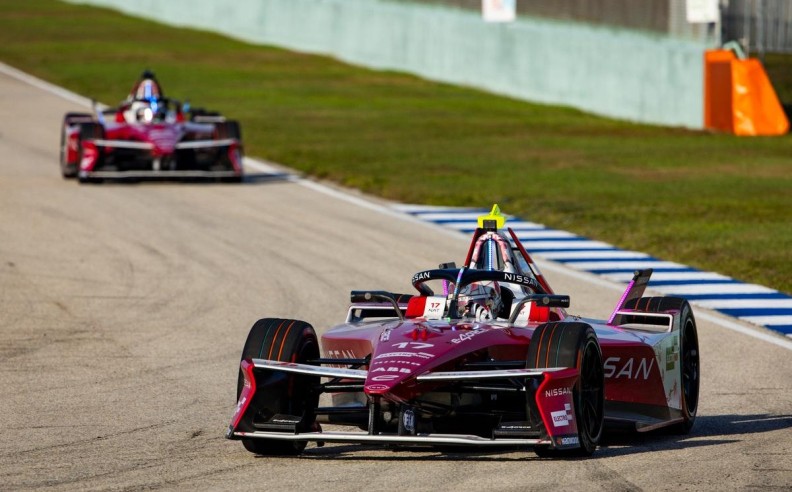
When it comes to high-speed racing, one name that stands out prominently in the United States is NASCAR. The National Association for Stock Car Auto Racing, or NASCAR, is a thrilling motorsport that captures the hearts of millions of fans across the country. Known for its intense competition, adrenaline-pumping races, and iconic oval-shaped tracks, NASCAR has become an integral part of American culture. But have you ever wondered why the circuits in NASCAR are predominantly oval? Let's delve into the origins of NASCAR and explore the reasons behind the oval circuit design.

NASCAR traces its roots back to the early days of Prohibition-era America. In the 1920s and 1930s, bootleggers relied on their powerful and modified cars to outrun law enforcement while transporting illegal alcohol. As these bootleggers pushed their vehicles to the limit, informal races between them began to take place. These races captured the imagination of many, and soon, organized competitions started to emerge.
In 1947, Bill France Sr., a racing enthusiast, founded NASCAR with the aim of establishing a governing body for stock car racing. France saw the potential in bringing all the racers, teams, and events under one umbrella. NASCAR gained traction over the years and evolved into a premier motorsport organization, known for its three national series: the NASCAR Cup Series, NASCAR Xfinity Series, and NASCAR Camping World Truck Series.

Now, let's turn our attention to the intriguing aspect of NASCAR's circuit design. The majority of NASCAR tracks are oval-shaped, with a few exceptions like road courses and superspeedways. The oval configuration has its roots in the history of motorsport and serves various practical purposes that enhance the racing experience.
One of the primary reasons for oval-shaped tracks is the ability to maintain high speeds throughout the race. Unlike traditional road courses with numerous turns, an oval track allows drivers to maintain their momentum and accelerate to incredibly high speeds on the straight sections. This results in intense and exhilarating races where competitors battle for position while hurtling around the oval track at incredible velocities.
The oval design also provides spectators with a better view of the action. Unlike road courses where the cars can disappear from view for extended periods, the oval layout allows fans to witness the entire race from a single vantage point. This increases the excitement and engagement for the spectators, as they can see the entirety of the race unfold before their eyes.
Additionally, the oval shape contributes to the strategy and tactics employed by teams and drivers. The constant turning in the same direction places a unique strain on the vehicles, particularly the tires. The unbalanced forces acting on the tires demand specific setups and tire management techniques, adding a layer of complexity to the sport. It challenges the drivers to find the ideal racing line, optimize their handling, and make calculated decisions to gain an advantage over their competitors.
Furthermore, the oval tracks promote close and intense racing. The relatively narrow width of the circuit combined with high speeds creates an environment where drivers are constantly jostling for position. The proximity of the cars and the exhilarating moments of side-by-side racing make for a thrilling experience for both the drivers and the fans.
While the oval shape dominates the NASCAR circuit, it's worth mentioning the significance of road courses and superspeedways in adding variety to the racing calendar. Road courses introduce different challenges, requiring drivers to navigate a mix of left and right turns, elevation changes, and varying track surfaces. Superspeedways, on the other hand, feature wide and high-speed tracks that allow for drafting and pack racing, creating unique strategies and breathtaking battles for position.

Wael is an automotive content writer specializes in creating written content for Motor 283. Producing a wide range of content, including blog posts, articles, product descriptions, reviews, and technical guides related to cars, trucks, motorcycles, and other vehicles, with an unprecedented passion for cars, and motorcycles.

